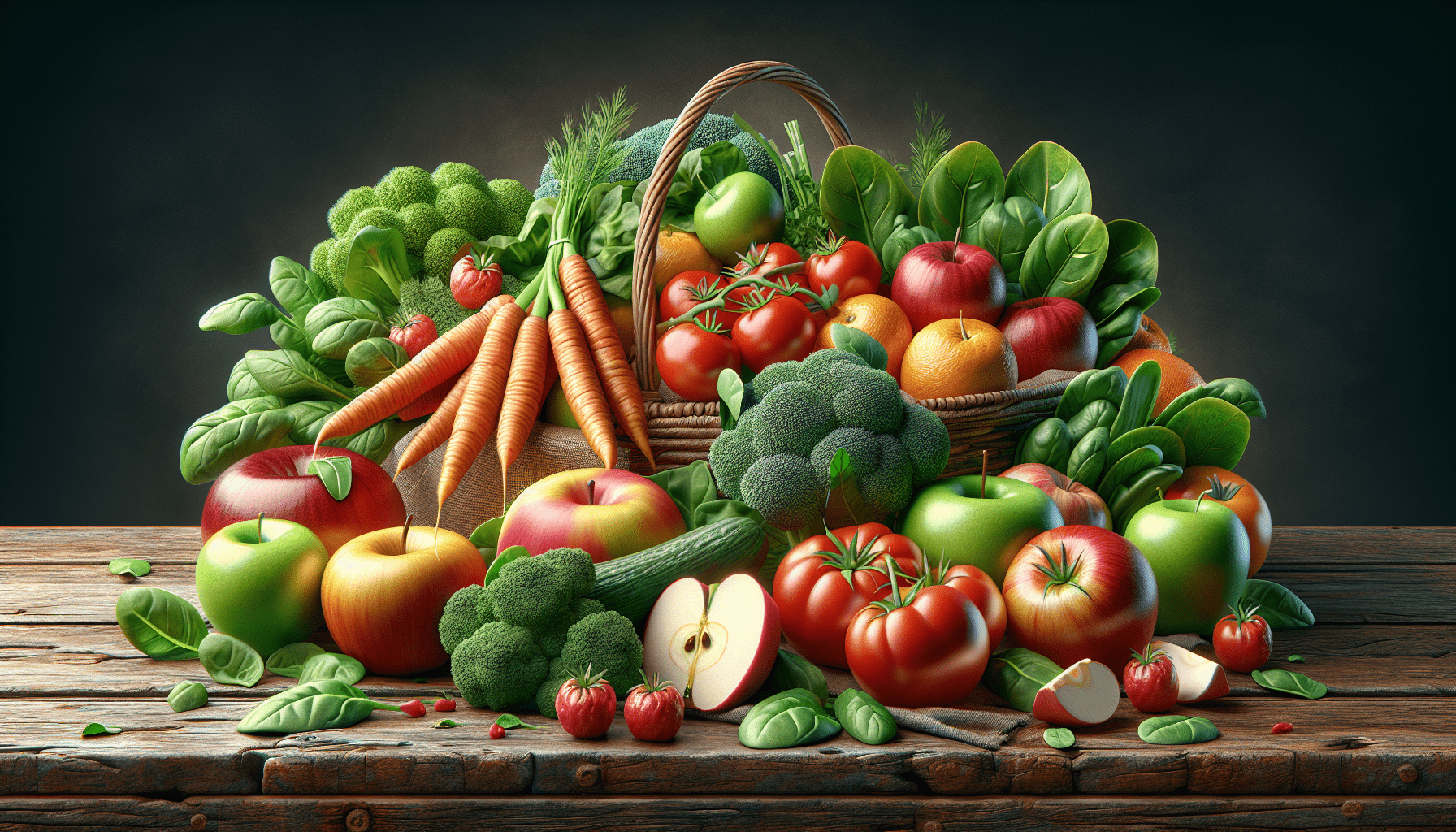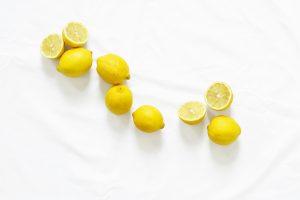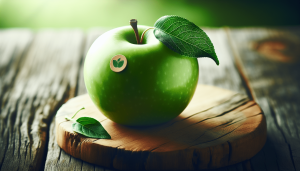Hey there! In “How to Transition to an Organic Diet,” we dive into the essential steps for making the switch to a healthier, more sustainable way of eating. We’ll guide you through understanding organic labels, finding budget-friendly options, and making gradual changes that suit your lifestyle. Together, we’ll explore the benefits of organic foods and how to make this transition seamless and enjoyable for us all. Let’s embark on this journey to better health and a greener planet! Have you ever wondered how to transition to an organic diet? With new information and studies constantly emerging about the potential benefits, more and more of us are contemplating this lifestyle change. But making the switch can seem quite daunting. Fear not! By breaking down the steps and understanding the process, transitioning to an organic diet can be seamless and enjoyable.
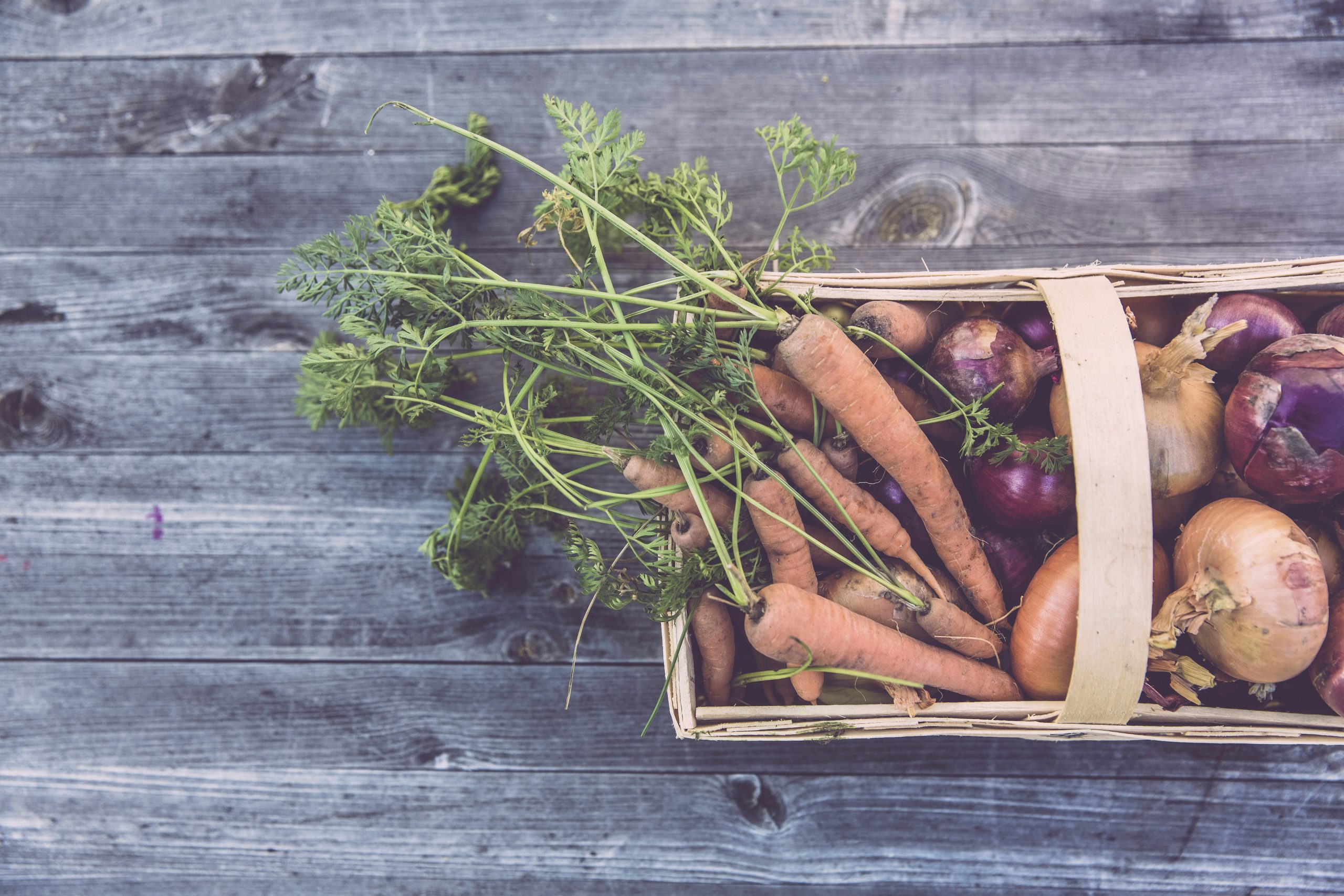
Why Transition to an Organic Diet?
Before diving into the “how,” it’s essential to understand the “why.” Knowing the benefits of an organic diet can give us the motivation and clarity needed to embark on this journey.
Health Benefits
One of the primary reasons many of us consider an organic diet is the health benefits. Organic foods are free from pesticides, chemicals, and genetically modified organisms (GMOs), which can prove harmful over time. By eating organic, we might notice improvements in our overall well-being, energy levels, and even mental clarity.
Environmental Impact
Transitioning to an organic diet also means we’re making a positive impact on the environment. Organic farming practices reduce pollution, conserve water, reduce soil erosion, increase soil fertility, and use less energy. By choosing organic, we support methods that are better for our planet and future generations.
Taste and Nutrition
Many people believe that organic foods taste better than their non-organic counterparts. This is likely due to the absence of artificial preservatives and the fact that organic produce is often fresher. Additionally, some studies suggest that organic foods may have higher nutritional values, containing more vitamins, minerals, and antioxidants.
Starting Small: The First Steps
The idea of completely overhauling our diet can be overwhelming. But, like any significant change, gradual steps can make the process smoother and more sustainable.
Identify Core Staples
Begin by identifying the core staples of our current diet. These are the foods we consume regularly. Transitioning these items to organic versions can be a great initial step. Common staples might include:
- Fruits and vegetables
- Dairy products
- Meat and poultry
- Grains and legumes
By focusing on these core items first, we can start our transition without feeling overwhelmed.
Create a Gradual Plan
Instead of trying to go 100% organic overnight, create a gradual plan. We can start by introducing one or two organic items per week. This method allows us to adjust to the taste and cost differences subtly, making the transition more manageable. Here’s a simple plan to consider:
| Week | Action |
|---|---|
| Week 1 | Switch to organic milk |
| Week 2 | Introduce organic fruits and vegetables |
| Week 3 | Buy organic grains and legumes |
| Week 4 | Shift to organic meat and poultry |
| Week 5 | Transition to organic dairy products |
Prioritize the Dirty Dozen
If we’re on a budget, prioritizing certain items can be crucial. The Environmental Working Group (EWG) releases a list called the “Dirty Dozen” each year, highlighting the fruits and vegetables with the highest pesticide residues. By focusing on buying these items organic, we can reduce our pesticide intake significantly.
Understanding Organic Labels
Many of us get confused by the myriad of labels on food products. Understanding these labels is crucial for making informed choices.
Certified Organic Label
In many countries, the “Certified Organic” label ensures that the product meets specific organic farming standards. In the US, for example, the USDA organic seal signifies that at least 95% of the ingredients are organic.
Made With Organic Ingredients
Products with this label contain at least 70% organic ingredients. While not entirely organic, they are a better option compared to conventional products.
100% Organic
This label is the gold standard, indicating that the product is entirely organic with no non-organic additives or preservatives.
Shopping Smart: Where and How to Buy Organic
Let’s face it, buying organic can sometimes be more expensive. However, with a few smart strategies, we can make it more affordable.
Local Farmers’ Markets
Farmers’ markets are fantastic places to source fresh, organic produce directly from growers. Not only can we often find better prices, but we also support our local economy.
Join a CSA
Community Supported Agriculture (CSA) programs allow us to buy shares in a farm. In return, we receive regular deliveries of fresh, seasonal produce. This method ensures that we’re getting a variety of organic items at a reasonable price.
Bulk Buying
Purchasing organic grains, legumes, and other staples in bulk can significantly reduce costs. Many stores offer discounts when buying larger quantities, which in the long run, can be both cost-effective and convenient.
Online Organic Stores
There are numerous online stores specializing in organic products. Often, these stores can offer competitive prices, frequent promotions, and home delivery options, making organic shopping easier for us.
Seasonal Shopping
Opting for seasonal produce can also help in reducing costs. Seasonal fruits and vegetables are often fresher, more nutritious, and more affordable.
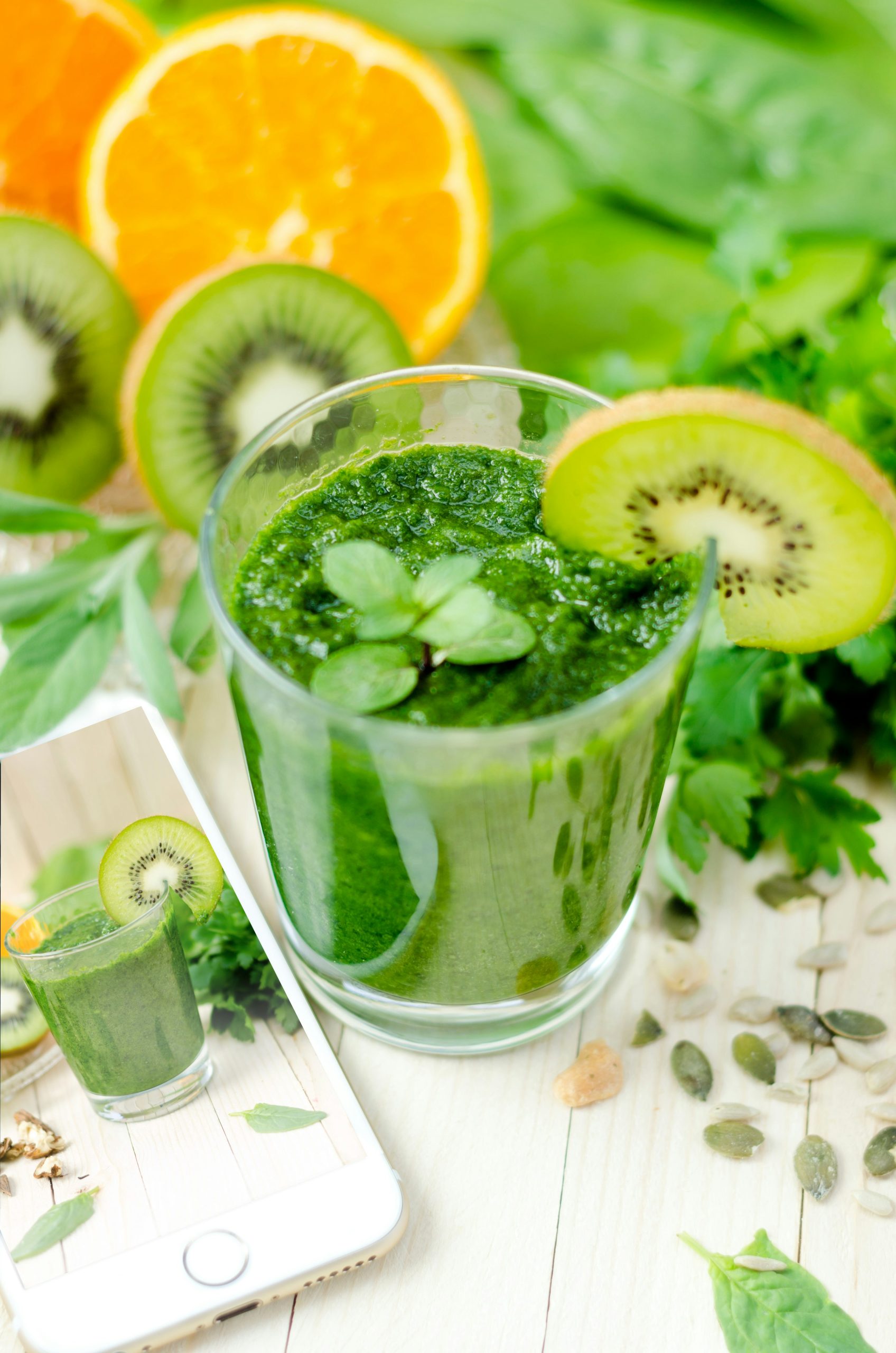
Cooking and Meal Planning
Once we’ve filled our pantry with organic foods, the next step is incorporating them into our meals.
Simple Organic Meals
To ease the transition, start with simple meals that we already love. For example:
- Organic vegetable stir-fry
- Organic fruit smoothies
- Organic meat and veggie skewers
Meal Planning
Planning our meals in advance helps us stay organized and ensures we make the most of our organic ingredients. A weekly meal plan allows us to buy only what we need, reducing waste and saving money.
Batch Cooking
Batch cooking, or preparing multiple servings of a meal at once, can be a lifesaver. It ensures we always have healthy, organic options at our fingertips, even on the busiest days.
Common Challenges and Solutions
Every significant lifestyle change comes with its set of challenges. Recognizing these potential hurdles can help us prepare and overcome them effectively.
Cost Concerns
Organic foods can be pricy, but as we’ve discussed, there are ways to mitigate these costs. Shopping smart, prioritizing key items, and buying in bulk can make a world of difference.
Limited Availability
In some areas, finding a wide variety of organic products can be tricky. Utilizing online stores, local farmers’ markets, and CSAs can broaden our options.
Family Preferences
Not everyone in our household may immediately embrace the switch to organic. Introducing organic versions of favorite foods or involving family members in shopping and meal prep can create a more supportive environment.
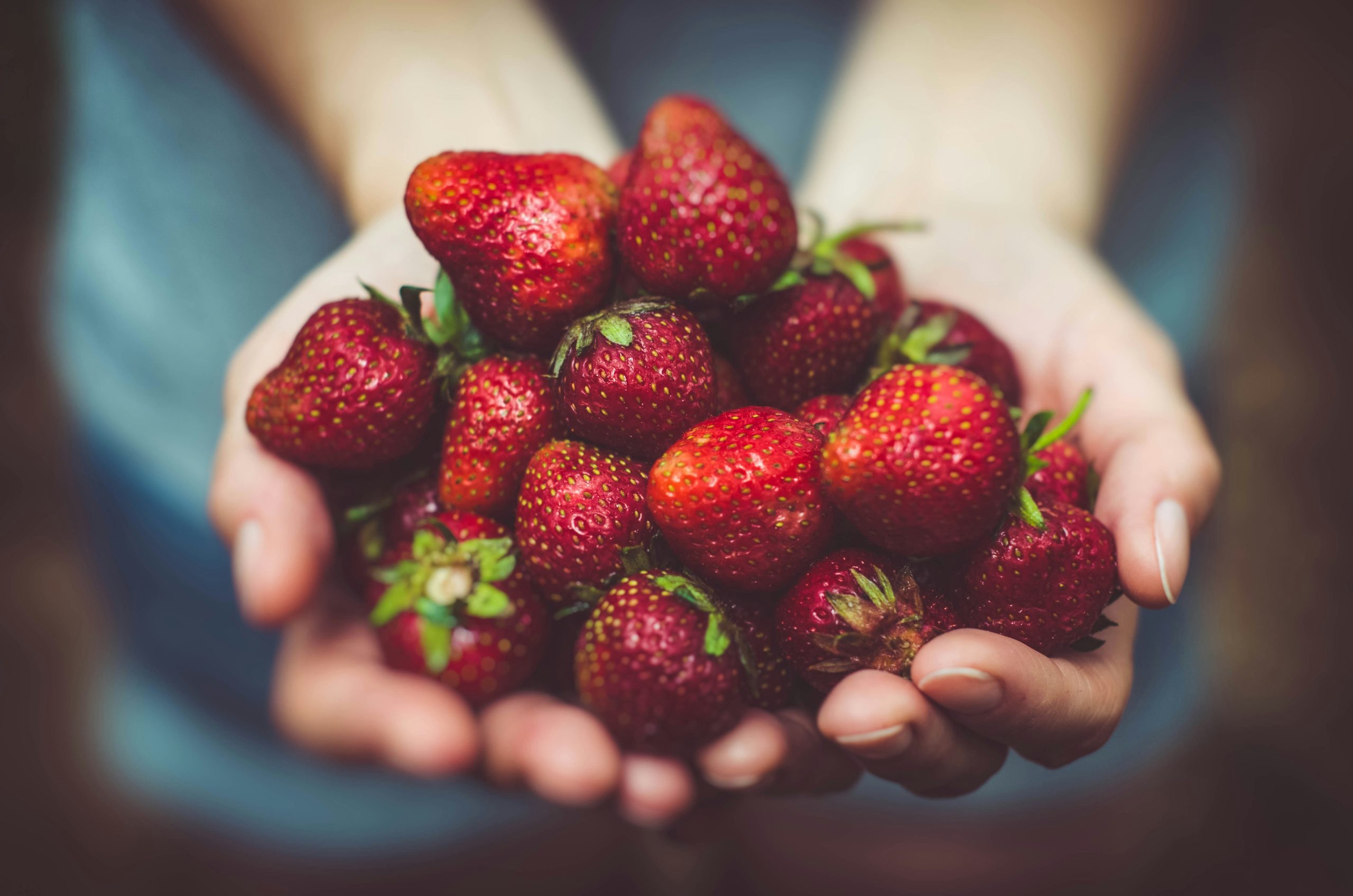
The Long-Term Benefits
Incorporating organic foods into our diet isn’t just about immediate health benefits—it’s a long-term investment in our well-being and the health of our planet.
Personal Health
Over time, we may experience numerous benefits such as:
- Improved digestion
- Better skin health
- Enhanced mood and energy levels
Environmental Sustainability
Supporting organic farming practices helps reduce our environmental footprint. It’s a step toward sustainability, ensuring future generations have access to fertile soil and clean water.
Ethical Choices
For many of us, knowing that we’re supporting ethical farming practices, where animals are treated humanely and farming methods are sustainable, brings peace of mind.
Moving Forward: Staying Committed
The journey to an organic diet is ongoing, and it’s essential to stay committed and flexible.
Continual Learning
Stay updated with the latest in organic farming and nutrition. This knowledge can further inspire and reinforce our commitment to an organic diet.
Community Support
Joining groups, both online and offline, dedicated to organic living can provide support, share tips, and inspire us. Being part of a community can make the journey enjoyable and fulfilling.
Celebrate Small Wins
Celebrate each small step we take towards an organic lifestyle. Whether it’s finding a new favorite organic product or noticing an improvement in our health, acknowledging these successes keeps us motivated.
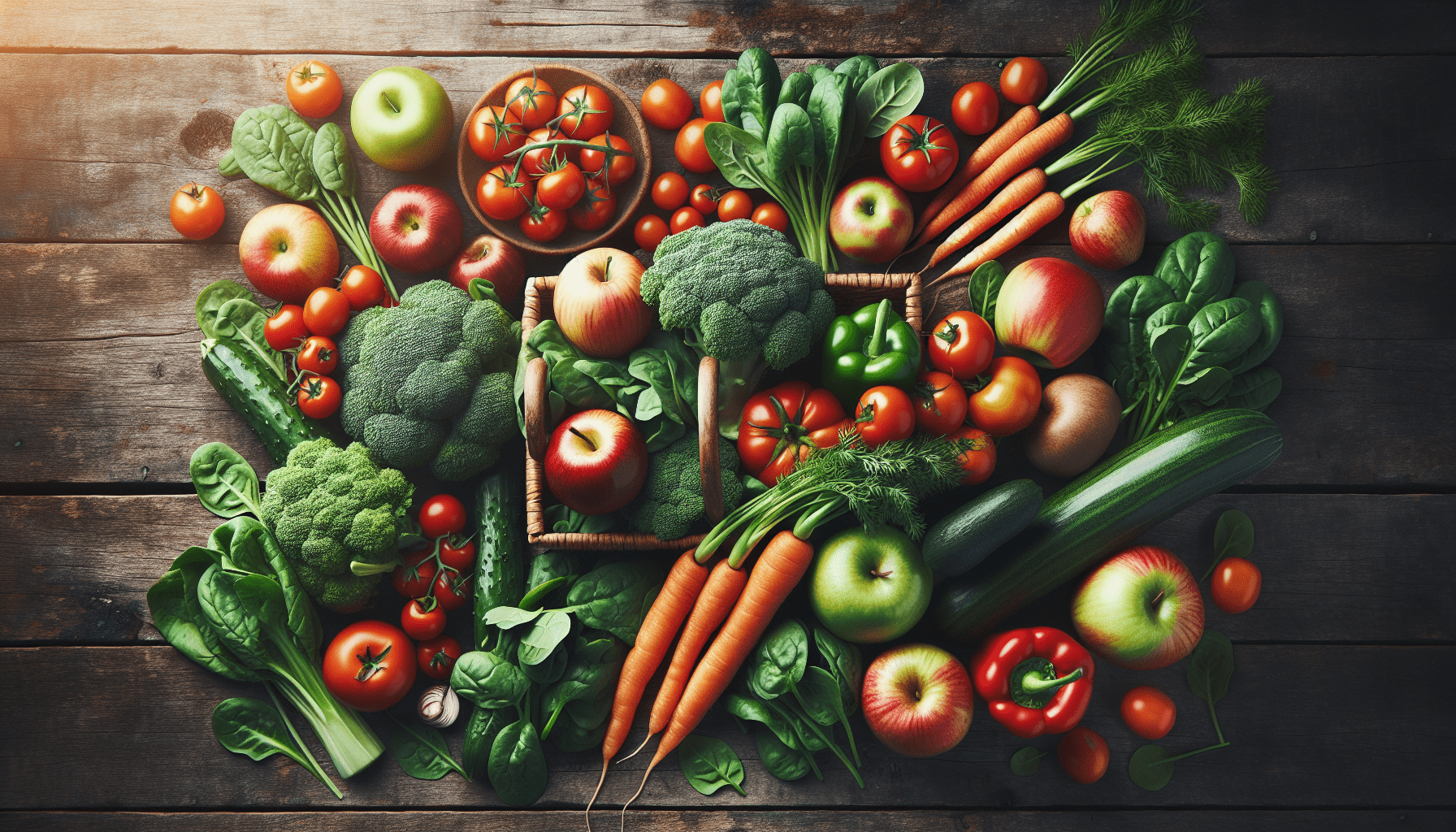
Conclusion
Transitioning to an organic diet doesn’t have to be overwhelming. By understanding the benefits, starting small, shopping smart, and staying committed, we can enjoy a healthier lifestyle while supporting our environment. Remember, every small step counts on this journey. Let’s embrace the change together, support each other, and relish the numerous benefits that come with eating organically. Here’s to a healthier, happier, and more sustainable future!

